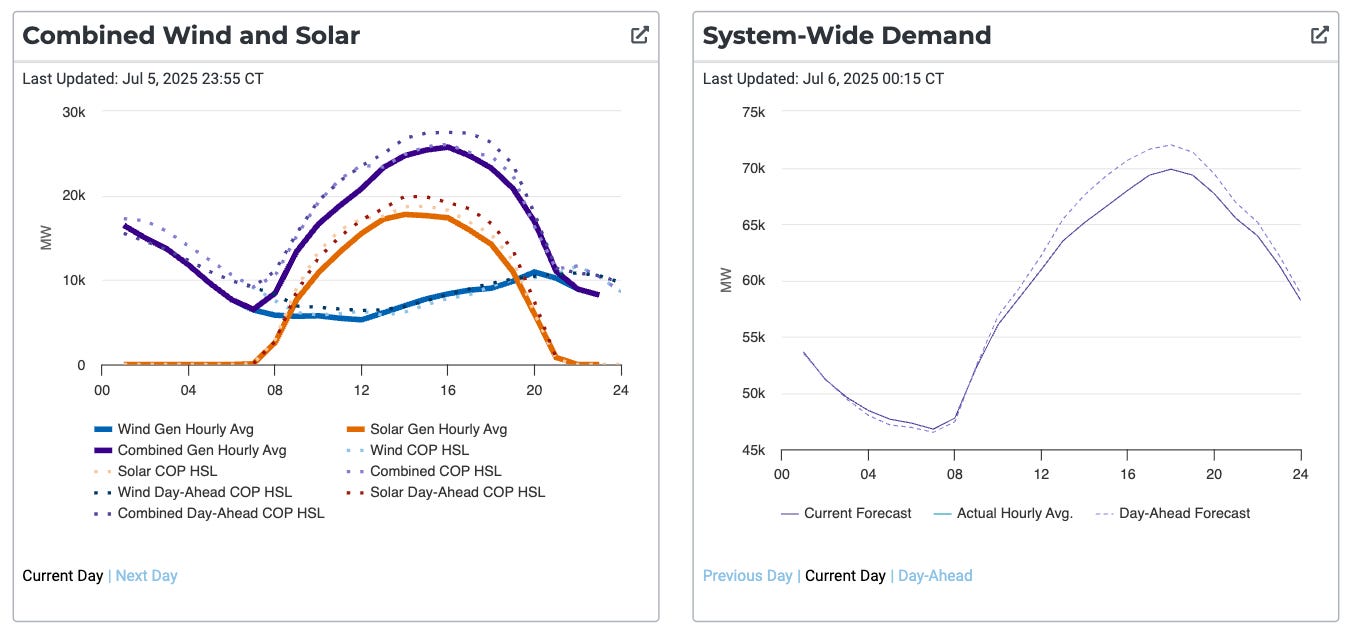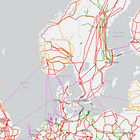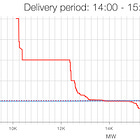Norway to Texas via Yunnan, II.
Position, counterposition, synthesis in Yunnan?
A globally connected electricity grid? Unrealistic, I hear you say. But how so? Let us keep an open mind and investigate the ‘states of the grid’ around the world.
Dunkelflaute gave us a route to Norway, which has one of the most interconnected electricity grids in the world but is now re-considering its position.
Let us see if we can follow an opposite route of travel to get to an ‘opposite’ situation in terms of grid connectedness and confidence: an unrepentantly isolated grid.
The opposite of Dunkelflaute is Hellbrise, a situation where high solar and wind generation meets low demand leading to a risk of oversupply requiring storage and possibly curtailment.
We tend to think of Dunkelflaute and Hellbrise as seasonal effects. But in summer months we go from high to low renewable generation every day at dusk: Hell to dunkel, and there’s a chance that wind is lower than expected at the same time too.
Transitions at dusk are a challenge in Germany. But Germany is well-connected. It’s a middling muddle, hardly the opposite of anything. So consider Texas. Texas leads the USA in wind-power. Indeed, wind-power curtailment in 2009 was a driving factor for grid upgrade initiatives. And Texas has been catching up in PV too, rivalling California in terms of build-out.
Curtailment rates in ERCOT reached a high in 2009, when over 17% of wind generation was curtailed, prompting the Competitive Renewable Energy Zones (CREZ) project, a $7 billion grid upgrade endeavor. After the project's completion in 2013, curtailment rates plummeted to a low of 0.5% in 2014. Source: SP Global
Given the high proportion of renewables in its mix, Texas is a place with increasing dusk transition risk. And in contrast to Norway and Germany, Texas has an isolated grid. It is on its own when the big light goes off.





